If you’ve developed a product and want to get it into the hands of consumers, you need to learn how to manage product quality and compliance. You may have heard the terms ‘product inspection’ and ‘product testing’ thrown around and been unsure whether they were the same.
In this article, we explain the difference between inspection and testing. We talk about what each entails and the key factors you should consider to help you make the best decisions regarding inspection and testing for your product.
Table of Contents
What are Product Inspections?
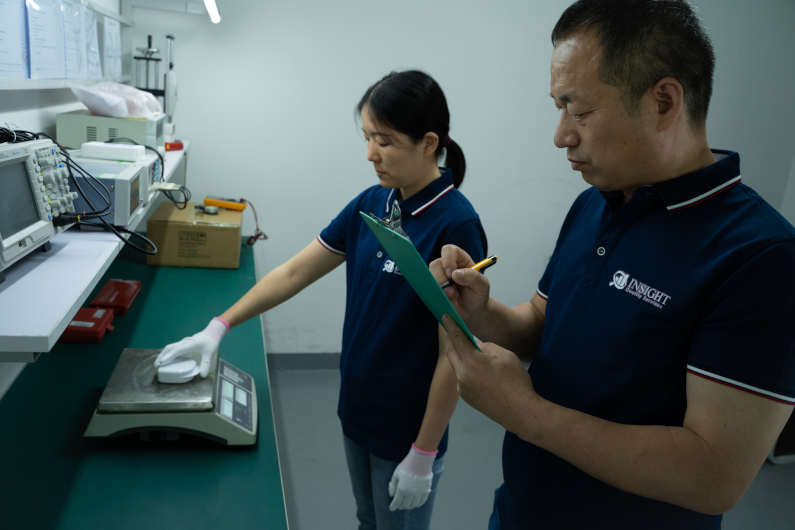
A product inspection is the process of examining your goods against a list of pre-set criteria to ensure they meet your quality standards. The process might include packaging and labeling checks, visual examination, functionality checks, and measurement taking.
For example, if you were selling men’s pants, you could have a QC professional take measurements of the legs, count the number of stitches per inch, and pull on buttons and zippers to ensure they stay in place. Or, if you were selling wooden furniture, you might want them to check for splinters and assemble the product to ensure all parts fit together.
Many brands send a third-party inspector to the factory to check their goods before shipping. They can also go during the pre-production phase to check raw materials or go during production to check products. Inspections are vital because they help you identify flaws or quality defects before your product reaches consumers — which ultimately impacts your success as a business.
Inspections are typically conducted using a sampling method called AQL (Acceptance Quality Limit). It lets you set percentages representing the number of defects you are willing to accept over the course of many inspections. By conducting product inspections regularly, you can ensure that defects don’t exceed those percentages.
Inspectors generally use tools like calipers, barcode readers, or color swatches that they can carry with them. However, they don’t typically use the types of advanced equipment found in a laboratory — that’s where product testing comes in.
What is Product Testing?
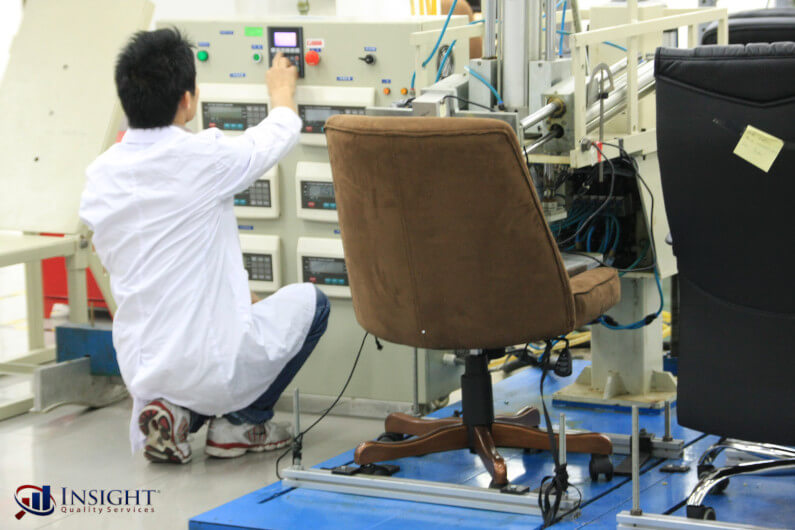
Product testing typically involves using advanced equipment in a laboratory setting to verify product safety, compliance, or performance. You might test your products to check for harmful chemicals, comply with regulations, or simulate repeated use.
For example, if you were selling a children’s toy in the United States, you might need to comply with a regulation called CPSIA. You would need to test the toy to ensure it doesn’t exceed the lead content limit of 100 parts per million (ppm) or contain phthalates.
Or, if your product were an office chair, you might want to verify that it meets BIFMA performance standards. The lab would use test equipment to repeatedly apply weight to the seat and back of the chair to see if it withstands rigorous use.
To test your product, someone must pull it from the production line and ship it to an accredited laboratory. Then, the lab conducts the tests and sends you a report with detailed results, so you can verify compliance. We have a downloadable guide on how to get started with lab testing if you would like to go deeper into this topic.
Product Inspection vs. Testing – Key Differences
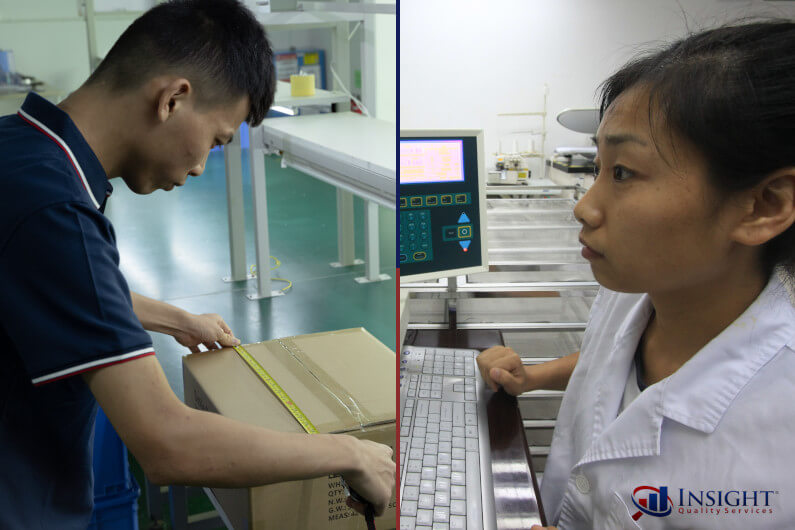
The key differences between inspection and testing in manufacturing are:
- Inspections typically take place at the factory where the goods are produced, while testing occurs in a specialized lab.
- Inspections typically use basic equipment that an inspector can carry with them, while testing involves advanced equipment.
- Inspections are typically focused on maintaining quality standards, while testing is focused on regulatory compliance and performance standards.
Both product inspections and product testing can play an important role in ensuring the long-term success of your brand.
Product Inspection and Testing Both Play Important Roles
There is a distinct difference between testing and inspection, and consumer product importers should be aware of both processes. Inspection is essential because it helps you avoid poor product reviews that can damage your reputation. Testing is vital because it helps you maintain compliance and avoid disastrous product recalls or heavy fines.
We recommend that importers incorporate both of these into their quality control plan. If you’d like to learn more about how we can help you with each service, visit our product inspection services and lab testing services pages.
If you’re thinking about conducting lab tests, we recommend you download the guide below.

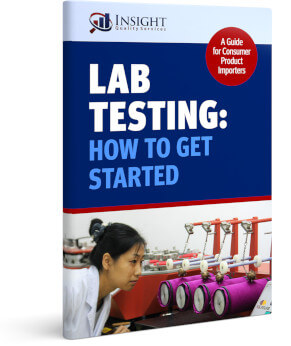
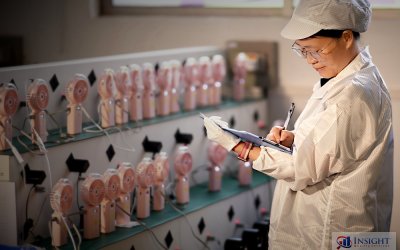
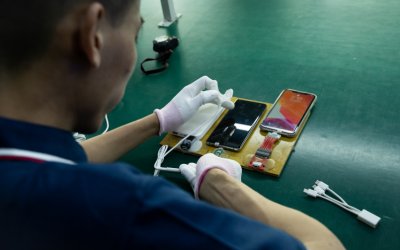
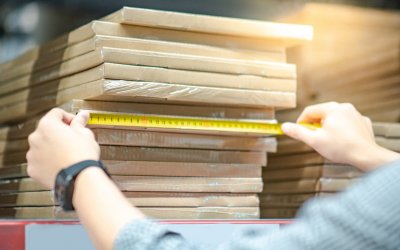
I am unable to download the free guide.
Hello, Michael. I have just emailed you about the guide.